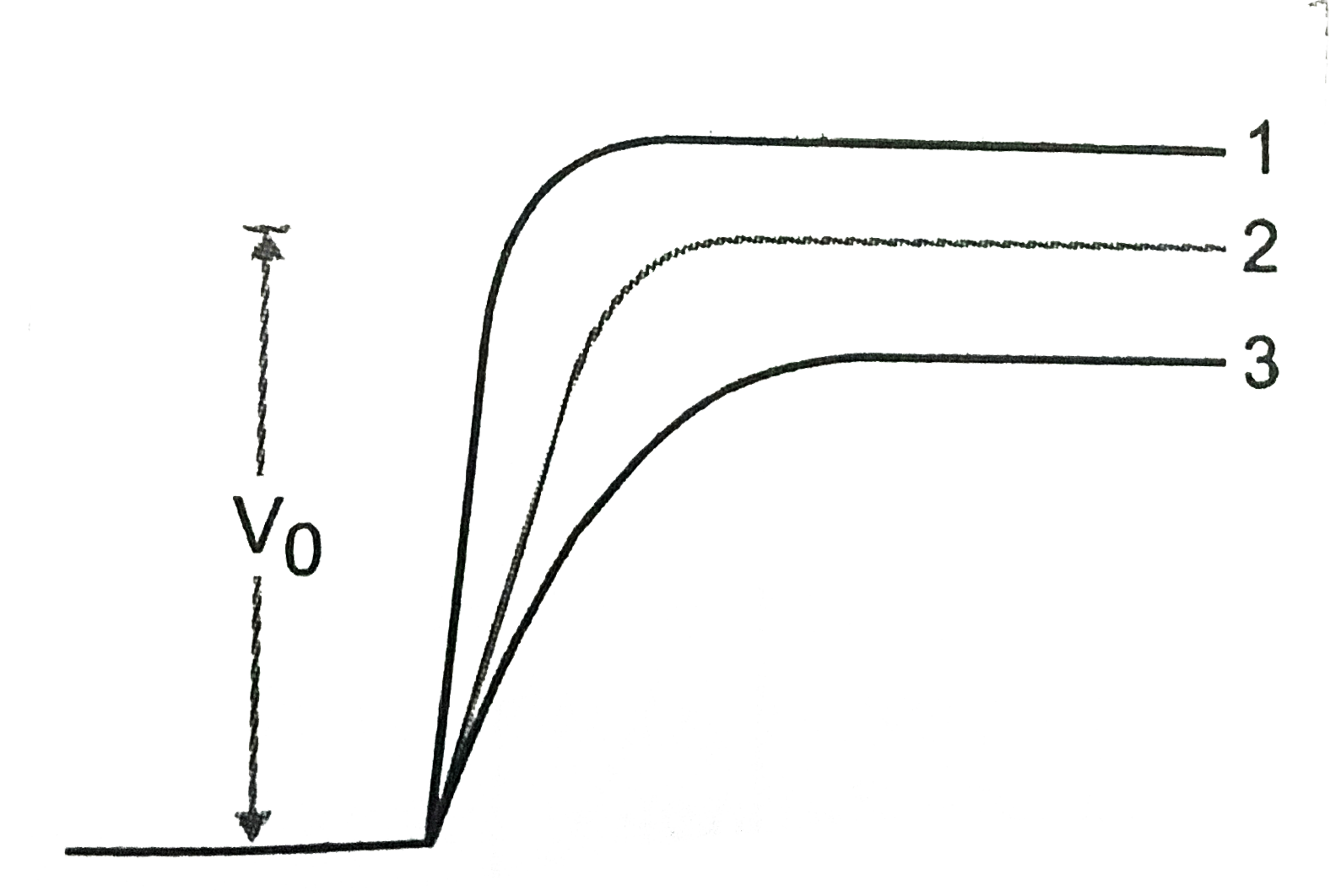Consider the folllowing statements i and ii and identify the correct choice of the given answers.
A zener diode is always connected in reverse bias.
The potential barrier of a p-n junction lies between 0.1 to 0.03 V approximately.
i and ii are correct
i and ii are wrong
i is correct but ii is wrong
i is wrong but ii is correct.
The correct Answer is:C
Step by step video, text & image solution for Consider the folllowing statements i and ii and identify the correct choice of the given answers. A zener diode is always connected in reverse bias. The potential barrier of a p-n junction lies between 0.1 to 0.03 V approximately. by Physics experts to help you in doubts & scoring excellent marks in Class 12 exams.
Topper's Solved these Questions
- BOOK - TARGET PUBLICATIONCHAPTER - SEMICONDUCTORSEXERCISE - Evaluation Test17videos
SEMICONDUCTORS
- BOOK - TARGET PUBLICATIONCHAPTER - SEMICONDUCTORSEXERCISE - Critical thinking32videos
SEMICONDUCTORS
- BOOK - TARGET PUBLICATIONCHAPTER - ROTATIONAL MOTION EXERCISE - MCQ245videos
ROTATIONAL MOTION
- BOOK - TARGET PUBLICATIONCHAPTER - STATIONARY WAVESEXERCISE - EVALUATION TEST16videos
STATIONARY WAVES
Similar Questions
Draw the V-I characterisitics of p-n junction diode in forward bias and in reverse bias.
View Solutionp-n junction is a semiconductor diode. It is obtained by bringing p-type semiconductor inclose contact with n-type semiconductor. A thin layer is developed at the p-n junction which is devoid of any charge carrier but has immobile ions. It is called depletion layer. At the junction a potential barrier appears, which does not allow the movement of majority charge carriers across the junction in the absence of any biasing of the junction.
p-n junction offer low resistance when forward biased and high resistance when reverse biased. Read the above paragaph and answer the following question:
(i) Can we measure the potential barrier of p-n junction by putting a sensitive voltmeter across its terminals?
(ii) What practical lesson do you draw from the above study?View Solution
Knowledge Check
- Question 1 - Select One
Consider the following statements A and B and identify the correct answer
(A) A Zener diode is always connected in reverse bias to use it as voltage regulator.
(B) The potential barrier of a p−n junction lies between 0.1 to 0.3V, approximately.AA and B are correctBA and B are wrongCA is correct but B is wrongDA is wrong but B is correct. - Question 2 - Select One
Consider the following statements A and B and identify the correct answer.
(A)A zener diode should be connected in reverse bias for proper functioning
(B) The potential barrier of a p-n junction lies between 2 V and 5 VABoth A and B are correctBBoth A and B are wrongCA is wrong and B is correctDA is correct but B is wrong - Question 3 - Select One
Consider the following statement A and B and identify the correct choice of the given answers
A: The width of the depletion layer in a P−N junction diode increases in forwards biase
B: In an intrinsic semiconductor the fermi energy level is exactely in the middle of the forbidden gapAA is true and B is falseBBoth A and B are falseCA is false and B is trueDBoth A and B are true
Consider the following statements A and B. Identify for correct in the given answer.
A) p−n,p−p,n−n forces between nucleons are not equal and charge dependent.
B) In nuclear reactor the fission reaction will be in accelerating state if the value of neutron reproduction factor K>1View SolutionConsider the following statements A and B and identify the correct answer
(1) : Germanium is preferred over silicon in the construction of zener diode.
(2) : Germanium has high thermal stability than silicon in the construction of Zener diode.View SolutionIn Fig . V0 is the potential barrier across a p-n junction, when no battery is connected across the junction
 View Solution
View SolutionIn Fig. V0 is the potential barrier across a p−n junction, when no battery is connected across the junction :
 .View Solution
.View SolutionIn a p−n junction diode the thickness of deplection layer is 2×10−6m and barrier potential is 0.3V. The intensity of the electrical field at the junction is.
View Solution

